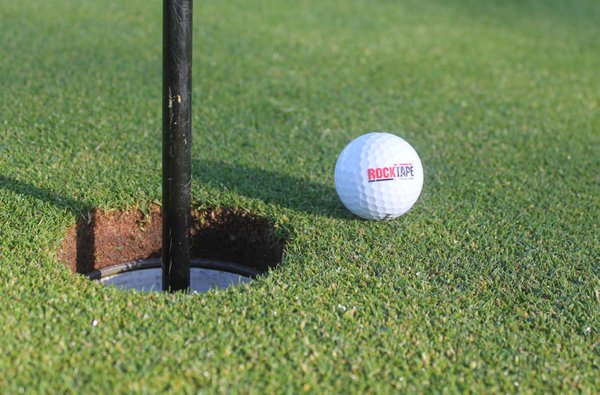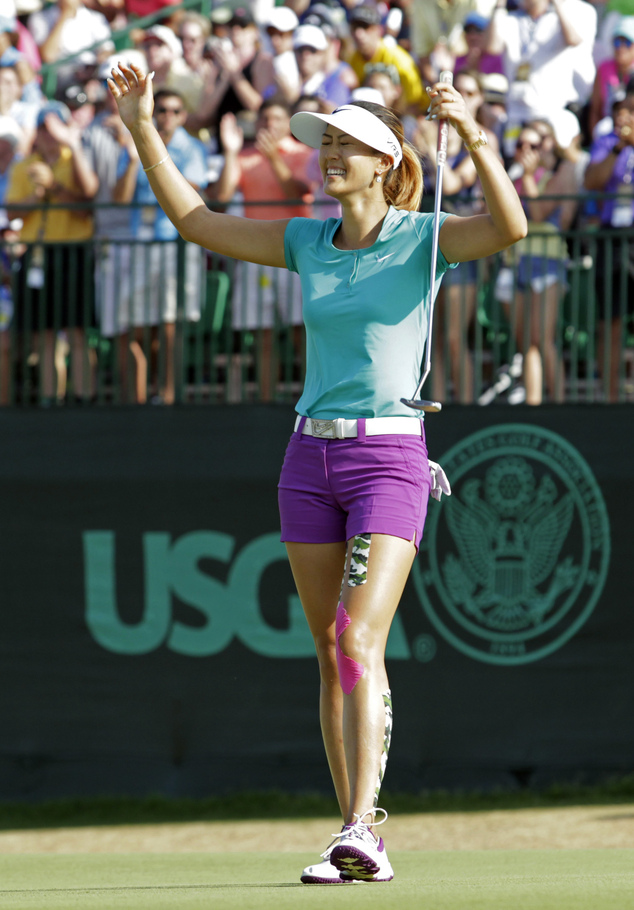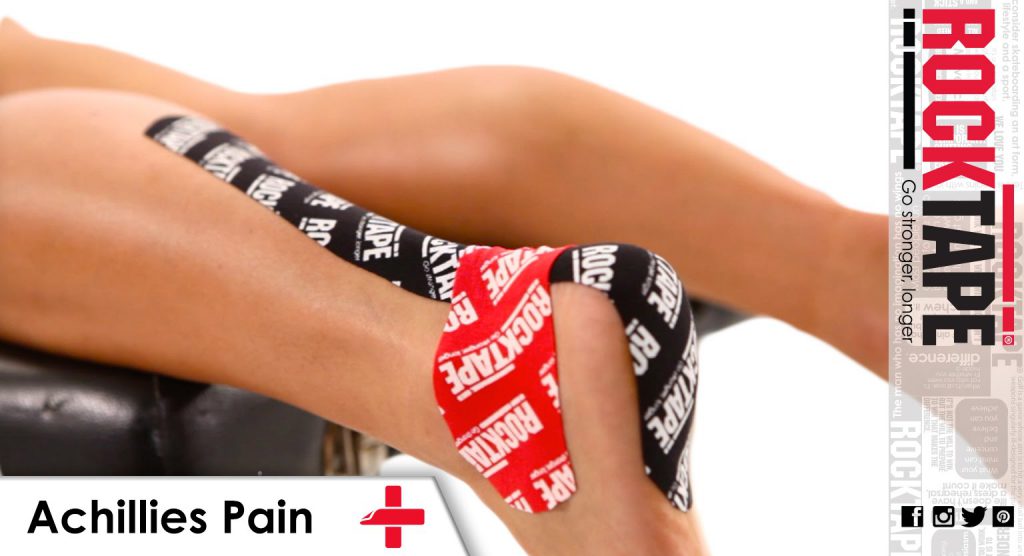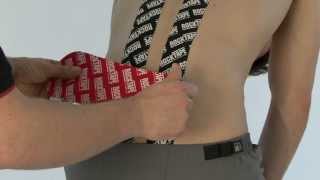How did you decide to pursue a career as a physical therapist and athletic trainer?
I played sports growing up before tearing my ACL twice in high school. I loved the work my physical therapists did with me and just started hanging around the clinic during my free time after school. When I got to the University of Miami, I started in their Student Athletic Training program and loved it.
What is your athletic background?
In high school, I played soccer and baseball. After tearing my ACL snow skiing (and later, playing soccer), I gave those up. I was on the rowing team at the University of Miami.
Tell us about your practice. Where, and what sport do you specialize in?
I’m part of the PGA Tour Sports Medicine staff. We see professional golfers all day, everyday. At every event, we have a staff of 2 physical therapists, 2 athletic trainers, and a chiropractor. We practice out of two trailers that get towed from tournament to tournament. One is basically an outpatient clinic with most of the equipment you would find in any PT/chiropractic office. The other is a miniature gym where our athletes perform their workouts.
What do you watch for during competitions? Are the injuries in golf ever predictable?
Professional golf is generally a predictable sport in terms of the patterns of injuries that we see. For example, we know that about 2/3 of the PGA Tour pros that come in for treatment will have some kind of spine pathology. Of those, about half are lumbar spine while the other half is split between the cervical and thoracic spine. During certain weeks, we may see a bump in hand/wrist/elbow injuries. At the U.S. Open, the thicker-than-usual rough may result in a few more wrist injuries. With that being said, we always see something new and unusual – that keeps it fun!
Golf pro Michelle Wei won the Women’s U.S. Open (her first major title) in RockTape.
What are the most underrated forms of sports rehabilitation in your opinion?
Active recovery has seen increased popularity over the last several years and our program is no different. Today’s PGA Tour season lasts from January to November. Some players choose to play overseas during the short offseason, which means recovery between rounds and between events is paramount. The modern PGA Tour professional spends a lot of time and effort after their practice sessions and tournament rounds recovering. We encourage our athletes to perform exercises in positions that counteract the effects of the golf swing. Utilizing soft tissue mobilization, active stretching, stability training, and some other modalities post-round help our athletes recover and get ready for the next round or the next tournament.
What are the most common injuries/dysfunctions you see in golf? Why? How do you treat them?
Injury to the spine is clearly the most common reason that PGA Tour pros seek our help. Along with some of the things I discussed above, we spend much of our time evaluating movement in the surrounding joints. For example, stiffness in the hips has been shown to leave a professional golfer more prone to lower back injuries. Several of our athletes work on hip strength and mobility regularly, even before a lower back injury surfaces. Additionally, we help our athletes with pre-round warm-up routines that are designed to reduce their risk of injury, maximize their strengths and get them ready to play their best golf starting on the first tee.
What is the most common injury/dysfunction you tape for?
We use RockTape for several injuries. The most common applications are for lower back support and for shoulder injuries. We also use it quite often for support of Achilles tendon injuries and plantar fasciitis. At the 2016 Summer Olympics in Rio, several players had a hard time with the beds in the Olympic Village. We used RockTape to counteract the effects of bad beds all week!
What was your first experience with RockTape?
We were using another product when one of our golfers approached us about using RockTape on the trailers. He had a physical therapist apply it to his shoulder when he was home during an off-week. The superior adhesive was obvious immediately and we have never looked back!
How do you use RockTape in your practice?
Professional golfers are very particular when it comes to anything that limits their mobility. RockTape provides great stability without negatively affecting the mobility required to make a full golf swing. When they aren’t playing, we often use the tape for postural support and reeducation – anything to give those postural muscles a break after a long day on the golf course.
What’s your favorite RockTape pattern/product/etc?
We love the standard 2” tape. We also use the 4” tape primarily for lower back applications. The combination of RockSauce and tape after a round can provide great relief following a round of competitive golf. We use the Split-Y technique on shoulders and the Low Back H for the lumbar spine most often.
If you could change one behavior of your clients, what would it be?
Golf is a very asymmetrical sport. PGA Tour pros hit so many balls that they develop specific muscular asymmetries that must be addressed in order to lower the risk of injuries later in their careers. We love to have our athletes be as proactive as possible with the prevention-side of treatment. This means that they have to have the discipline to come in after their round or practice session and go through their program. This is easier for some more than others. In a perfect world, every player would come in before and after his round to take care of business!




